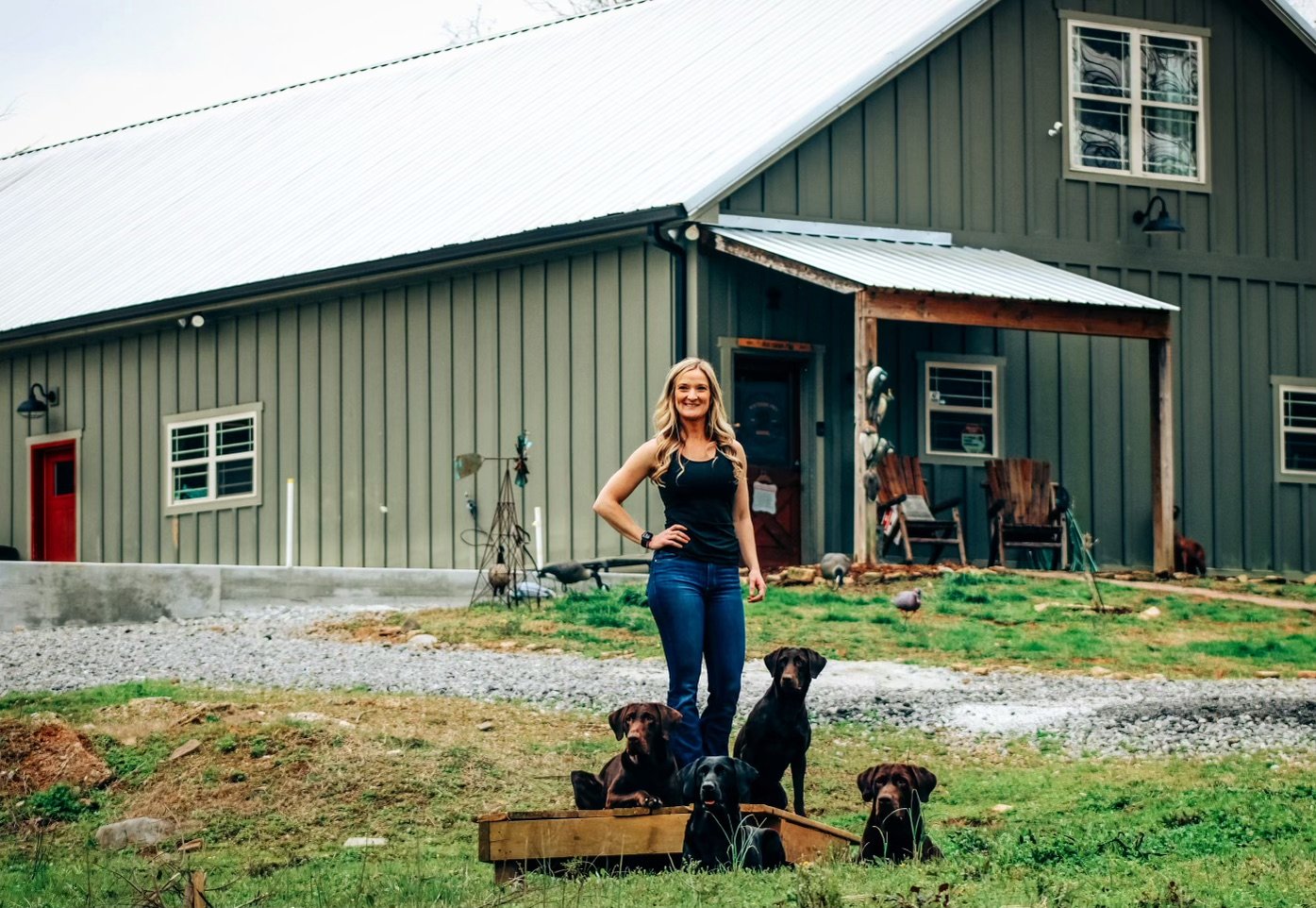Wow!! I can’t believe Southern Pro opened 5 years ago this month! The building was barely finished when we first opened our doors. The cedar on the walls still needed hung and the interior had a lot more to go. The only things finished were the runs and the airing yard.
In the beginning, things were tough. I don't regret those days but I’ll be honest they weren’t easy! A year after opening, we cut ties with another kennel after things weren’t working out. I’ll never forget that terrifying feeling that we couldn’t make it on our own. But as luck would have it, business took off and we were able to finish the kennel.
Another bump in the road was getting divorced two years after opening SPK. Not only did my marriage end but it also meant losing the business manager for SPK. I have never been so scared in my life than I was back then picturing myself running the business. From the start of SPK, I only wanted to train dogs. So taking over the business side was terrifying to say the least. At this point, I worked the majority of shifts alone. There were many nights I let the dogs out with tears streaming down my face thinking there is no way I could do this alone.
Luckily I wasn’t alone though. I had my incredible family, my amazing friends, and the awesome SPK staff helping me along the way. I also lucked out by having the best customers with absolutely wonderful dogs. Now, SPK is thriving and doing better than ever. We continue to grow and I can’t wait to see what the future holds.
As I end this post, I want to thank the customers who continue bringing us their awesome dogs, my incredible friends and family, and the superstar SPK staff for making this possible.
Thank you!!!!

